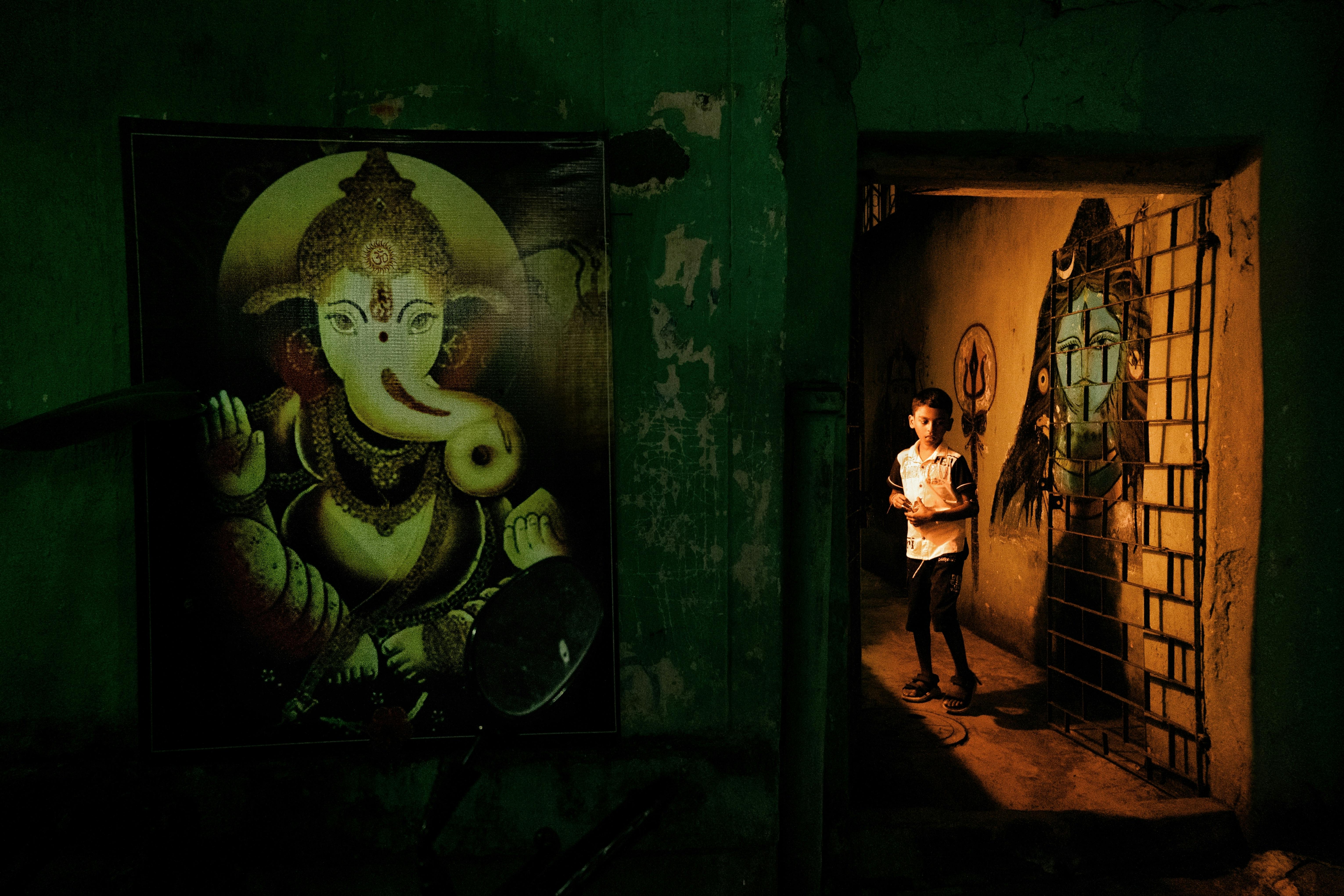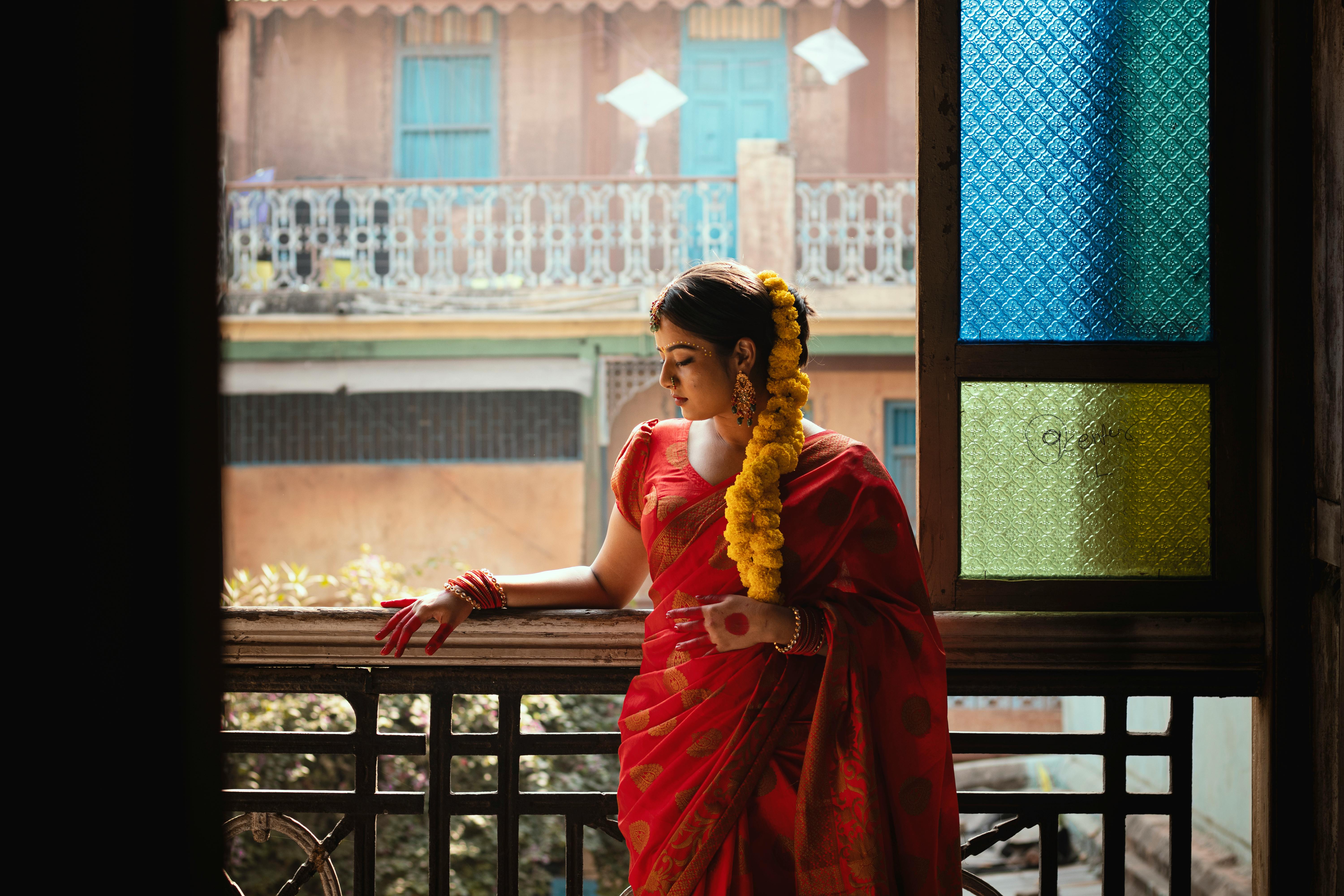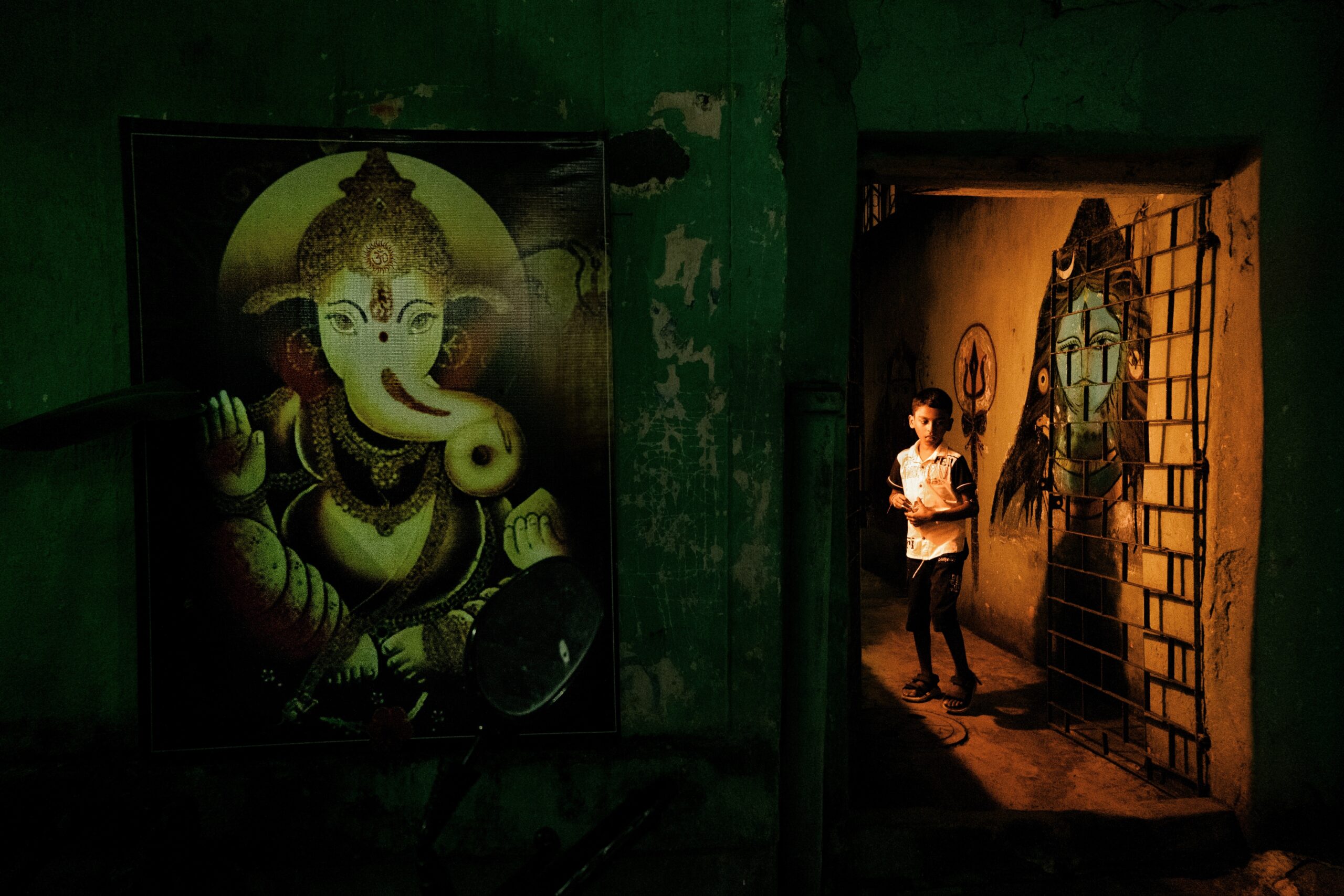Join us as we embark on a spiritual journey through India’s sacred destinations, where history, faith, and culture converge. Today, we delve into the fascinating world of the Ajanta and Ellora Caves: rock-cut wonders that hold immense spiritual and historical significance. These ancient structures, adorned with intricate carvings and vibrant murals, transport visitors to a bygone era, offering a glimpse into the rich tapestry of India’s religious heritage. Let us immerse ourselves in the divine allure of these majestic caves, where every corner tells a story and every stone whispers ancient secrets.

1. Ajanta Caves
The Ajanta Caves are a gem of ancient rock-cut architecture and art located in the state of Maharashtra, India. These caves hold immense historical and cultural significance, dating back to the 2nd century BCE. Visiting the Ajanta Caves is like stepping back in time and experiencing the rich heritage of ancient India.
1.1 History
The history of the Ajanta Caves is shrouded in mystery, with their origins dating back over two thousand years. These caves were carved out of solid rock by Buddhist monks, who were seeking a secluded place for meditation and religious practice. The construction of the caves spanned several centuries, with new caves being added and existing ones modified.
1.2 Architecture
The architecture of the Ajanta Caves is a testament to the skill and ingenuity of the ancient craftsmen. These caves are carved into the side of a cliff, intricately designed with pillars, corridors, and chambers. The caves are divided into two categories: Chaitya halls, which were used for congregational worship, and Viharas, which were used as dwelling places for the monks.
1.3 Paintings
One of the most remarkable aspects of the Ajanta Caves is the stunning paintings that adorn the walls and ceilings. These paintings depict various scenes from the life of the Buddha, as well as other significant events from Buddhist scriptures. The artists used natural pigments and dyes to create vibrant and detailed artworks, showcasing their exceptional talent and dedication.
2. Ellora Caves
Located near the city of Aurangabad in Maharashtra, the Ellora Caves are another magnificent collection of rock-cut caves. These caves are a fusion of Buddhist, Hindu, and Jain art, making them a unique testament to the religious diversity of ancient India. The Ellora Caves are a UNESCO World Heritage Site and attract tourists from all around the world.
2.1 History
The history of the Ellora Caves dates back to the 6th century CE, a few centuries after the Ajanta Caves. The construction of these caves spanned several centuries and involved multiple religious communities. It is believed that the rulers and wealthy patrons of the time commissioned these caves to showcase their devotion to various religions and to promote religious harmony.
2.2 Architecture
The architecture of the Ellora Caves is an awe-inspiring blend of different styles. The caves are carved into the vertical face of the Charanandri Hills, creating a monumental sight. The vast complex consists of 34 caves, each representing a different faith. From grand temples dedicated to Hindu deities to intricately carved monasteries of the Buddhist tradition, the architecture of the Ellora Caves is truly a marvel.
2.3 Sculptures
The sculptures found in the Ellora Caves are a testament to the skill and craftsmanship of the ancient artisans. The intricate carvings depict various gods, goddesses, and mythological scenes. Each sculpture is a masterpiece in its own right, with meticulous attention to detail and exquisite craftsmanship. The sculptures not only serve as objects of religious devotion but also provide valuable insights into the cultural and artistic heritage of ancient India.

3. Significance of Ajanta and Ellora Caves
3.1 Religious Significance
Both the Ajanta and Ellora Caves hold immense religious significance for multiple faiths. The Ajanta Caves primarily embody the Buddhist traditions, with their intricate paintings and sculptures depicting the life and teachings of the Buddha. On the other hand, the Ellora Caves house temples dedicated to various Hindu deities and monasteries representing the Jain faith. These caves serve as important pilgrimage sites for followers of these religions and are revered for their spiritual aura.
3.2 UNESCO World Heritage Sites
Both the Ajanta and Ellora Caves have been recognized as UNESCO World Heritage Sites. This prestigious designation acknowledges their outstanding universal value and the need for their preservation. These caves occupy a significant place in human history and culture, and their inclusion on the UNESCO list ensures that they will be protected and appreciated for generations to come.
4. Ajanta and Ellora Caves Tourism
4.1 Location and Accessibility
The Ajanta and Ellora Caves are conveniently located near the city of Aurangabad in Maharashtra. They are well-connected by road, rail, and air, making it easily accessible for tourists from all across India and the world. The nearest airport, Aurangabad Airport, has regular flights from major cities in India.
4.2 Best Time to Visit
The best time to visit the Ajanta and Ellora Caves is during the winter months, from November to March. The weather during this time is pleasant, allowing visitors to explore the caves comfortably. It is advisable to avoid visiting during the monsoon season, as heavy rains can hinder travel and make the caves inaccessible.
4.3 Entry Fees
To visit the Ajanta Caves, both domestic and international visitors are required to pay an entry fee. The fee varies depending on the nationality and age of the visitor. Similarly, there is an entry fee for the Ellora Caves as well, which is separate from the Ajanta Caves. It is advisable to check the official websites or visit the ticket counters for up-to-date information on entry fees.
4.4 Nearby Attractions
In addition to the Ajanta and Ellora Caves, tourists can explore several other attractions in the vicinity. The Bibi Ka Maqbara, often referred to as the Taj of the Deccan, is a stunning mausoleum that resembles the famous Taj Mahal. The Daulatabad Fort, built in the 12th century, offers panoramic views of the surrounding landscape. The Aurangabad Caves, located just a few kilometers away, also offer a glimpse into ancient rock-cut architecture.

5. Ajanta and Ellora Caves Preservation
5.1 Conservation Efforts
The preservation of the Ajanta and Ellora Caves is of utmost importance to ensure their longevity for future generations. Extensive conservation efforts have been undertaken by the Archaeological Survey of India (ASI) to protect and restore these ancient treasures. Regular monitoring, documentation, and maintenance activities are carried out to prevent any damage or degradation.
5.2 Challenges in Preservation
Preserving the Ajanta and Ellora Caves is not without its challenges. The caves are constantly exposed to environmental factors such as weathering, water seepage, and vegetation growth. Additionally, the influx of tourists can take a toll on the delicate artwork and structures. Balancing the need for tourism with the preservation of these heritage sites is an ongoing challenge.
5.3 Future Prospects
Despite the challenges, there is hope for the future preservation of the Ajanta and Ellora Caves. Advancements in technology and conservation techniques offer new possibilities for the protection and maintenance of these ancient structures. It is essential to continue investing in research, conservation efforts, and public awareness to safeguard these rock-cut wonders.
6. Famous Caves in Ajanta
6.1 Cave 1: Viharas
Cave 1 in Ajanta is one of the earliest caves and consists of a group of Viharas or monasteries. These Viharas were used as dwelling places by the Buddhist monks for meditation and religious teachings. The cave is adorned with intricate sculptures and beautiful paintings, showcasing the artistic skills of the craftsmen.
6.2 Cave 2: Viharas and Chaitya
Cave 2 is another notable cave in Ajanta and is a combination of Viharas and a Chaitya hall. The Chaitya hall is a place of worship and features a stupa, while the Viharas served as dwellings for the monks. The cave is adorned with exquisite sculptures and paintings, depicting various Buddhist deities and scenes from Buddhist scriptures.
6.3 Cave 16: Kailasa Temple
Cave 16, also known as the Kailasa Temple, is one of the most magnificent and awe-inspiring structures in Ajanta. This cave is an architectural marvel, carved out of a single rock. It is dedicated to Lord Shiva and features intricate carvings and sculptures showcasing various mythological scenes and deities.
6.4 Cave 26: Chaitya
Cave 26 is a Chaitya or prayer hall in Ajanta. It is known for its stunning architecture and impressive rock-cut sculptures. The interior of the cave is adorned with pillars, intricate carvings, and a beautiful stupa. Visiting this cave offers a glimpse into the spiritual and artistic world of ancient India.
6.5 Cave 29: Monastery
Cave 29 is a significant monastery in Ajanta and is renowned for its architectural elegance. This cave features beautifully adorned pillars and intricate sculptures. The layout of the monastery follows a traditional design, with a central courtyard surrounded by cells used by the monks for meditation and daily activities.
7. Famous Caves in Ellora
7.1 Cave 10: Vishwakarma Cave
Cave 10, also known as the Vishwakarma Cave, is a unique structure in Ellora. This cave showcases the excellence of the craftsmen in creating intricate carvings and sculptures. The entire cave is dedicated to various deities and mythical creatures, providing a visual treat for visitors.
7.2 Cave 14: Rameshvara Cave
Cave 14 is a Hindu cave dedicated to Lord Shiva and is considered one of the most impressive structures in Ellora. The cave features a large hall, adorned with pillars and sculptures depicting scenes from Hindu mythology. The grandeur and architectural finesse of this cave make it a must-visit for any traveler.
7.3 Cave 16: Kailasa Temple
Cave 16, also known as the Kailasa Temple, is a shared highlight of both Ajanta and Ellora Caves. This temple is a masterpiece of rock-cut architecture and represents devotion to Lord Shiva. The sheer scale and intricacy of the carvings and sculptures make it one of the most famous attractions in Ellora.
7.4 Cave 21: Ravan ki Khai
Cave 21, known as Ravan ki Khai, is a Jain cave located in Ellora. This cave is dedicated to the 10th Jain Tirthankara and features beautifully sculpted figures and pillars. The intricately carved lotus ceiling is a notable highlight of this cave, showcasing the exquisite craftsmanship of the ancient artisans.
7.5 Cave 32: Indra Sabha
Cave 32, the Indra Sabha, is another prominent cave in Ellora. This Hindu cave is dedicated to Lord Indra and is known for its impressive rock-cut sculptures and carvings. The cave is designed like a celestial court, with beautifully adorned pillars and intricate details that transport visitors to a different era.
8. Stories and Legends
8.1 Ajanta Legends
Several legends and stories are associated with the Ajanta Caves. One popular legend suggests that the caves were built by celestial beings, who descended to earth to assist the craftsmen. Another legend speaks of how the caves were discovered by a British officer during a hunting expedition. These stories add to the mystique and allure of the Ajanta Caves.
8.2 Ellora Legends
The Ellora Caves also have their share of legends and myths. According to one legend, the caves were built overnight by a divine sculptor. Another story suggests that the caves were dug out of the hills by mythical creatures. These legends speak to the astonishing beauty and craftsmanship of the Ellora Caves, leaving visitors in awe of their creation.
9. Ajanta and Ellora Caves in Popular Culture
9.1 Films
The enchanting beauty and historical significance of the Ajanta and Ellora Caves have captivated the imaginations of filmmakers. These caves have been featured in numerous Indian films, with their awe-inspiring architecture and ancient tales serving as a backdrop for storytelling. These cinematic portrayals bring the caves to life, allowing viewers to experience the magic even from afar.
9.2 Literature
The Ajanta and Ellora Caves have also found their way into the pages of literature. Renowned authors and poets have drawn inspiration from these rock-cut wonders, incorporating them into their literary works. The spiritual aura of the caves and their rich history make them a compelling subject for exploration and contemplation in the realm of literature.
10. Conclusion
The Ajanta and Ellora Caves are truly rock-cut wonders that stand as testimony to the rich heritage and artistic excellence of ancient India. These caves have captivated the hearts and minds of visitors from across the globe, offering glimpses into a bygone era. The significance of these caves goes beyond their religious and cultural importance; they serve as a reminder of the human capacity for creativity, craftsmanship, and devotion. A visit to the Ajanta and Ellora Caves is a transformative experience, allowing one to connect with history, spirituality, and the marvels of architectural brilliance.
